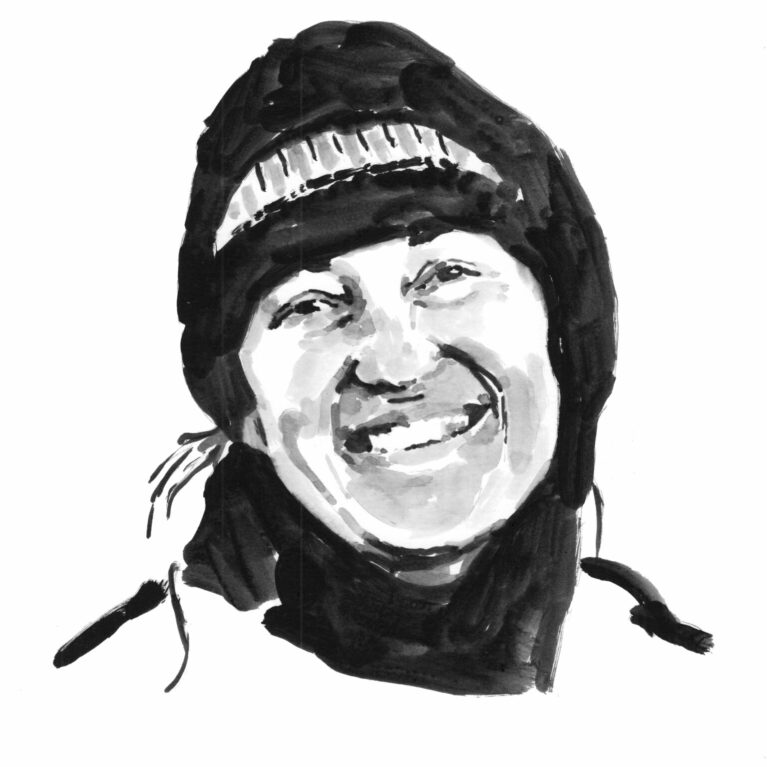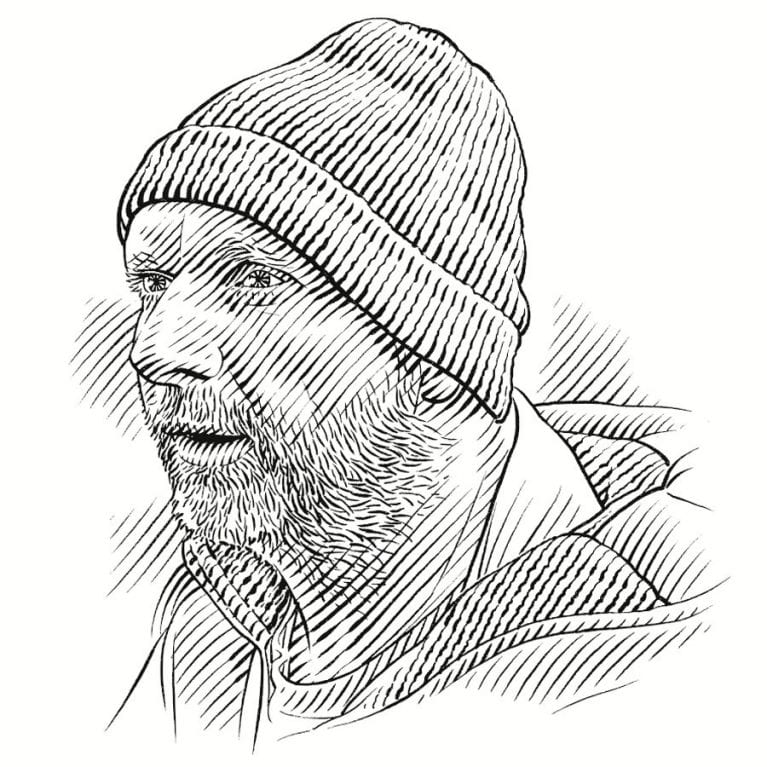Cetacea Lab
Janie and Hermann are working for the protection of orcas in the Great Bear Rainforest by tuning into underwater hydrophones and deciphering the secret language of these majestic animals.
It was at the age of nine that I first heard a recording of a humpback whale singing. Instantly I was both captivated and extremely curious. This was my first emotional response to sound, and the inspiration that led to a life-long commitment to understanding the behaviour of whales. After I graduated, my dream was to work with like-minded people and build a marine research station, off grid, in an area where whales thrive and the presence and impact of people are minimal. Like the whales, I am constantly migrating from one region of British Columbia to the other, following...
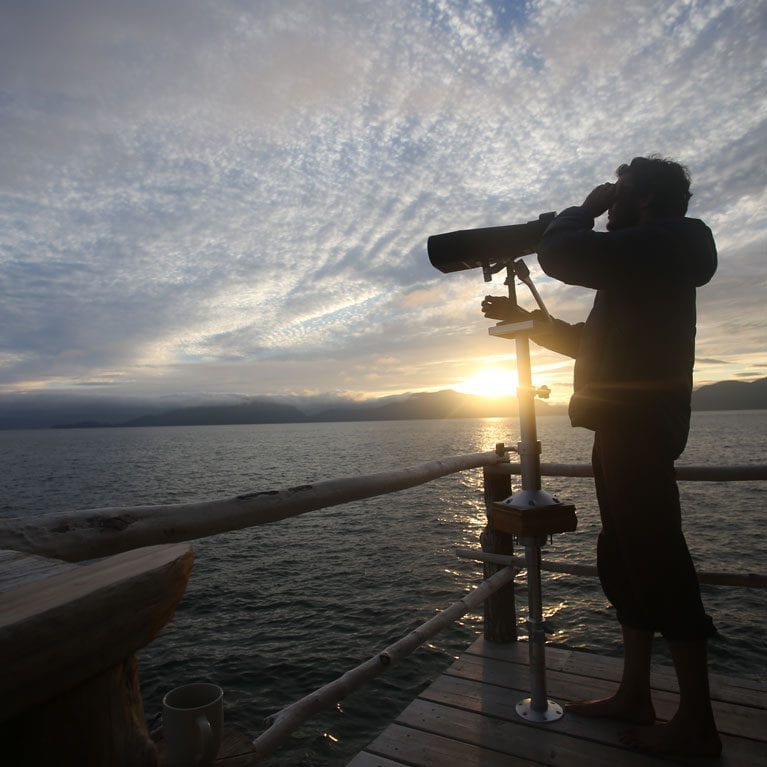
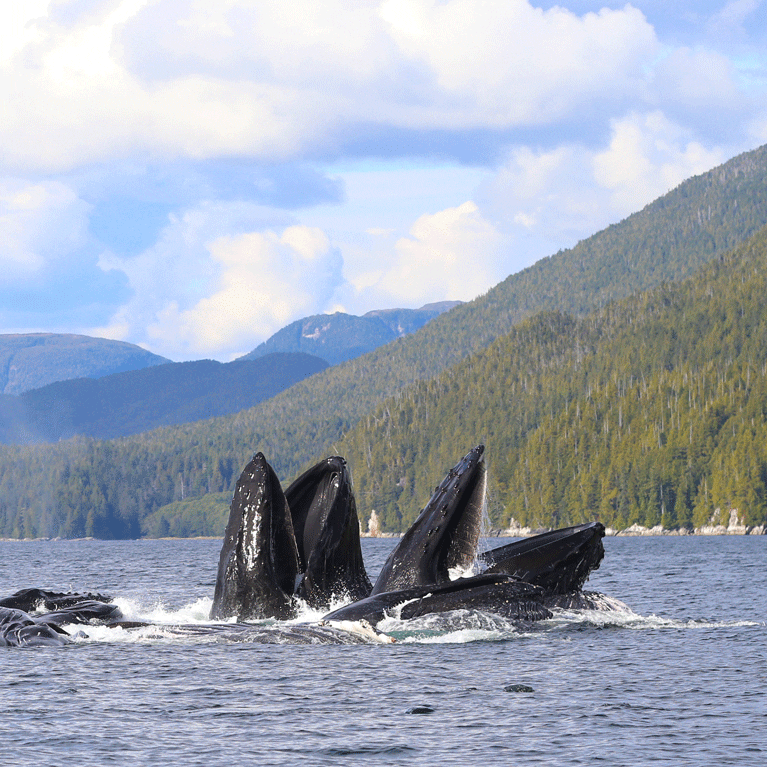
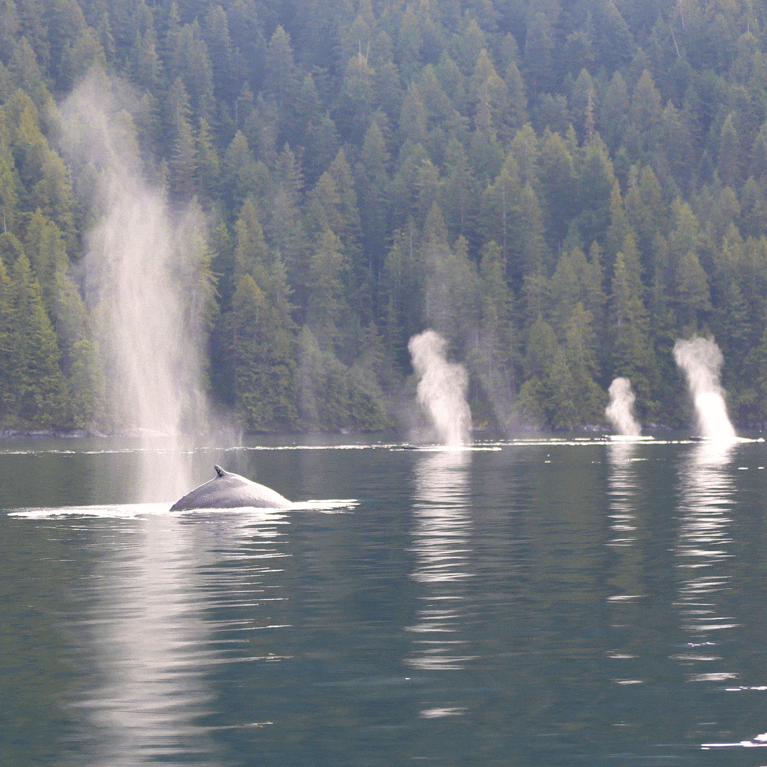
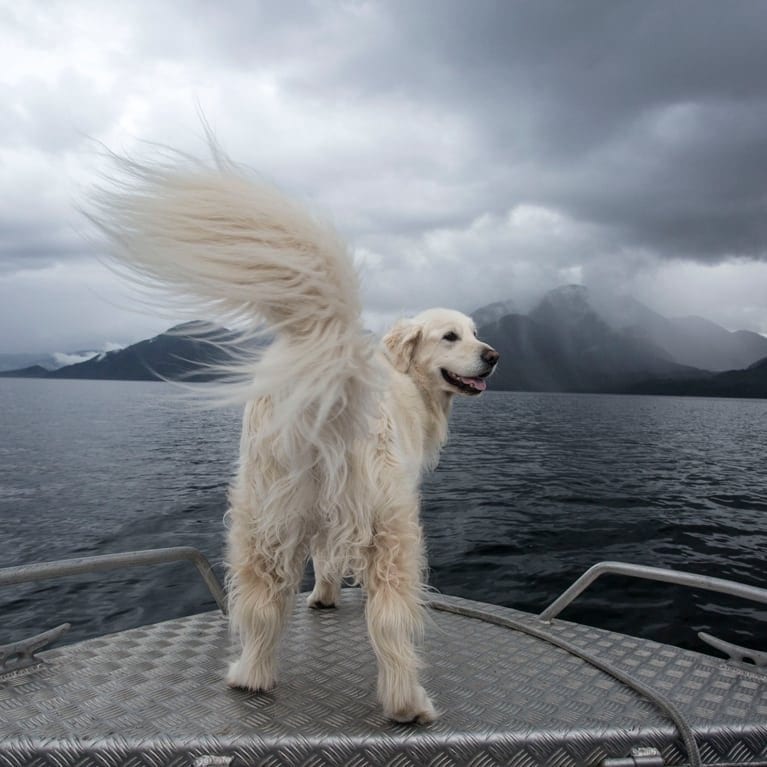
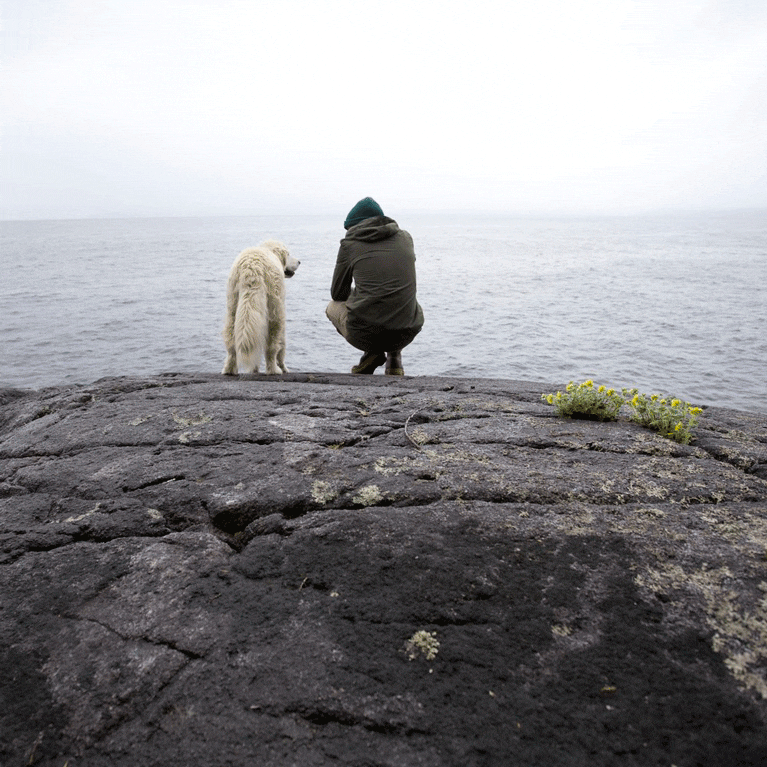
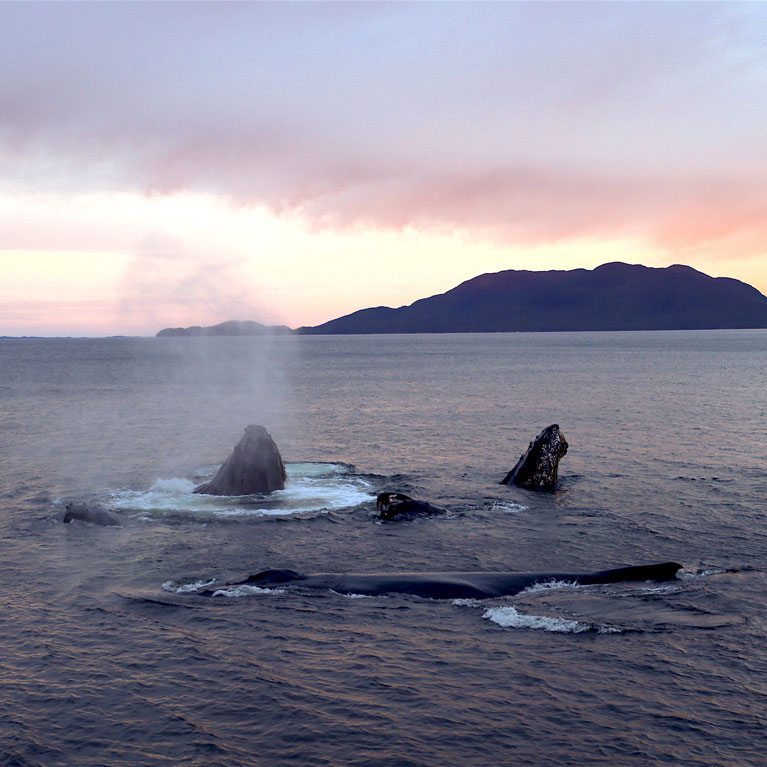
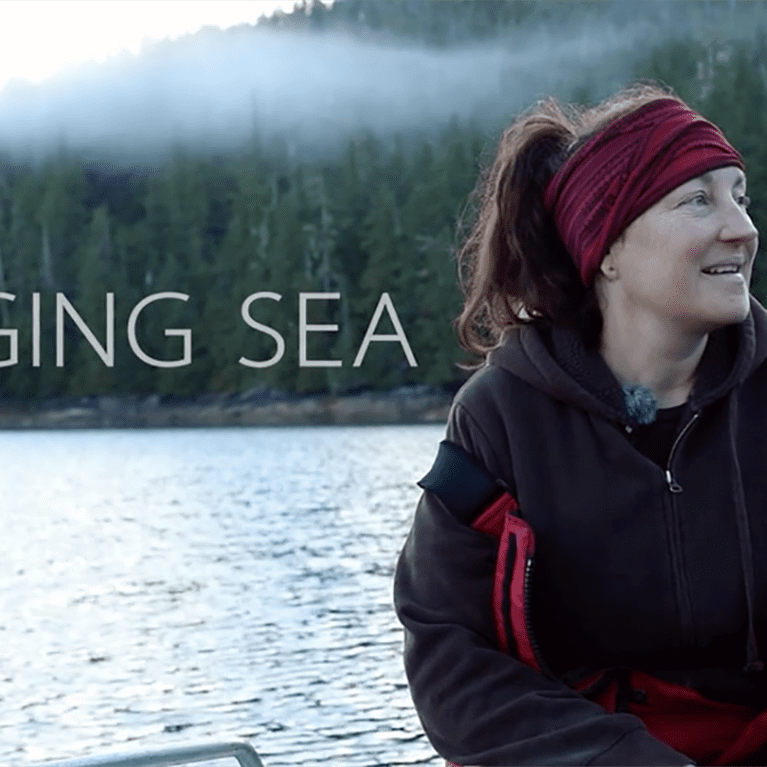
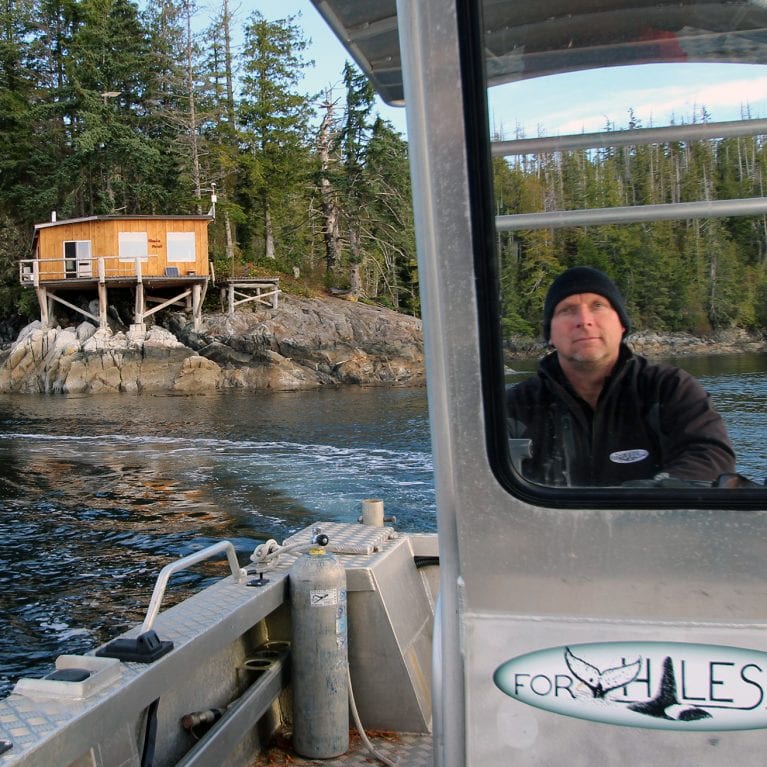
Identifying critical habitat for killer whales in Northern British Columbia
To enhance our understanding of the areas importance to killer whales in the region in a broader ecological context and add more data to the abundance estimate and spatial mapping analytical products currently being developed as a result of previously carried out projects.
The collected information is particularly important to the recovery efforts for northern resident killer whales in light of increased risks to these species. Furthermore, we will continue to provide all of our data to DFO’s Cetacean Research Program so it can be incorporated into their coastwise assessments of NRKWs. Our project will also increase the community’s capacity to manage cetaceans and provide sound information that can be applied to the management of numerous development and other human use proposals and activities.
In 2001 North Coast Cetacean Society built the remote whale research facility, Cetacea Lab, on Gil Island, B.C. In the years to follow a network of hydrophone stations were installed transmitting the sounds of the marine environment to Cetacea Lab from 5 to 30km away. This enabled North Coast Cetacean Society to monitor the acoustic occurrence of cetaceans in a very isolated part of British Columbia’s coastline. It soon became apparent that this area was extremely important habitat for humpback whales, killer whales and now a growing population of fin whales. In June 2008, North Coast Cetacean Society expanded their network of radio-linked hydrophones into Caamano Sound with the installation of a hydrophone station at Ulric Point on the northern tip of Aristazabal Island. A land-based outcamp was then established at Ulric Point with permission of the Gitga’at First Nations in 2009 in order to visually supplement on-going acoustic monitoring and document NRKW travel patterns in Caamano Sound, and more accurately assess NRKW frequency of occurrence in the region. In combination with the ongoing North Coast Cetacean Society efforts around Gil Island, this expansion into Caamano Sound allowed near continuous monitoring of: Caamano Sound, Campania Sound, Squally and Whale Channels, and to a lesser extent, Wright Sound.
The general aim of this project is to see the designation of Caamano Sound as Critical Habitat for northern resident killer whales.
Objectives:
- Operate a continuous shore‐based cetacean monitoring station in Caamano Sound to determine which clans, pods and matrilines of the NRKW community frequent the area, their social interactions within the community and other cetaceans, and the level of acoustic activity during all activities.
- Collect a photograph of each individual of each matriline during all encounters to update and build on our existing catalogue and database of NRKWs and other cetaceans in our research area.
- Determine frequency of occurrence of foraging behaviour and prey selection of NRKWs in Caamano Sound.
- Digitally record all NRKW dialects from Caamano Sound to Douglas Channel.
- Determine the impact of marine vessels and different levels of boat noise on NRKWs.
- Understand how NRKWs respond to transient and off-shore killer whale populations as well the presence of other cetaceans such as humpback and fin whales.
